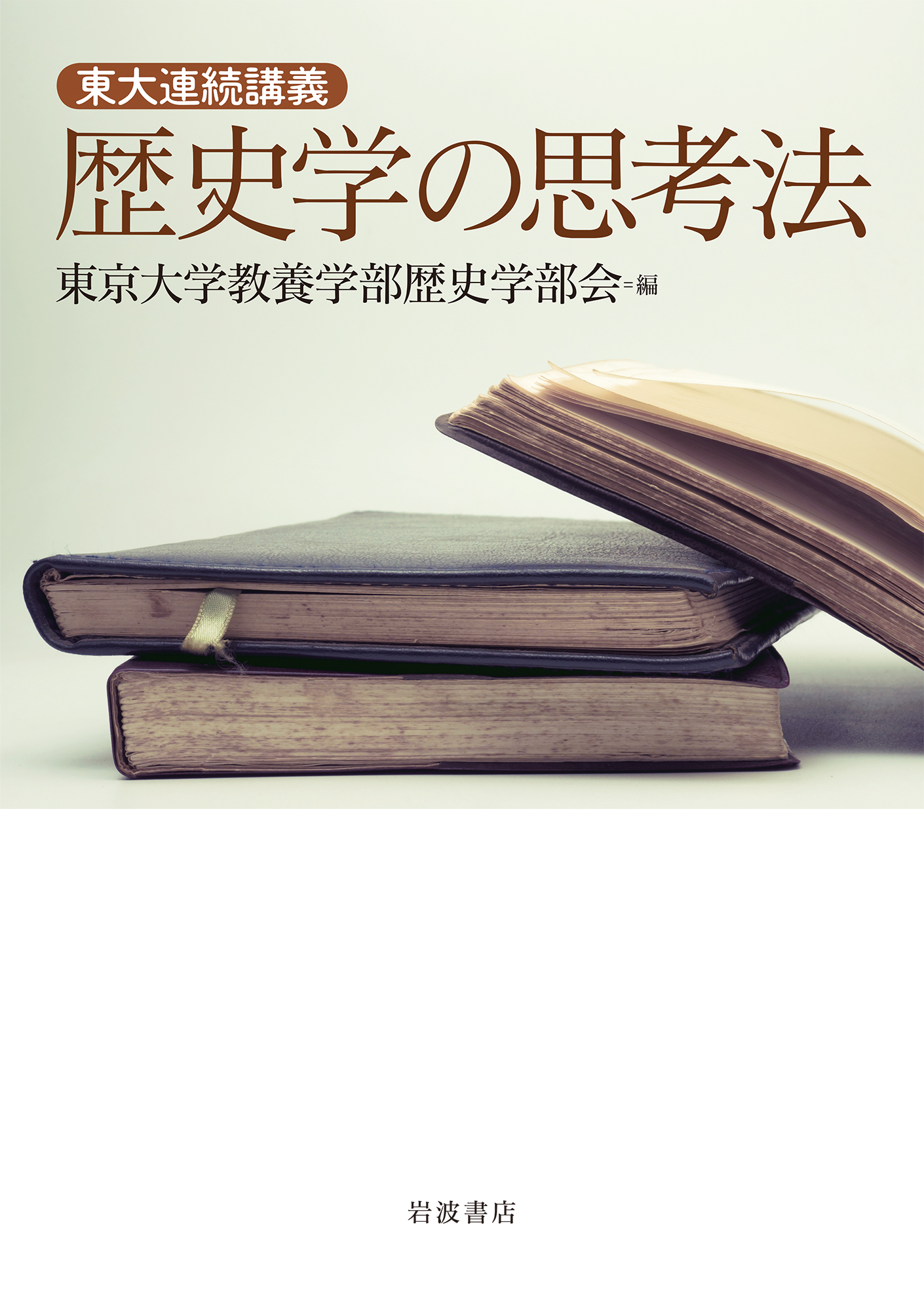
Title
The University of Tokyo Lectures: Tōdai renzoku kōgi, rekishigaku no shikō hō (An Approach to the Study of History)
Size
240 pages, A5 format, softcover
Language
Japanese
Released
April 24, 2020
ISBN
9784000614061
Published by
Iwanami Shoten
Book Info
See Book Availability at Library
Students prepare for university entrance exams by memorizing the names of imperial reigns and historical persons. They would surely wonder what the point of learning history is. Of course, there is more to the study of history than memorization. As an academic discipline, history is the study of the past based on historical documents. However, it is not just a discipline. It cultivates critical thinking skills through seeing and thinking from a historical perspective. So, what is a historical perspective? It is a combination of abilities to see things with a long-term view, to make realistic assumptions about the unknown and unforeseeable, and to see the present in a relative perspective with the past. This “historical thinking” is nurtured only by history education and historical research. Not only is this for looking back on the past, it is also essential for living in the present and avoiding missteps in the future. Everyone--not just historians--should acquire this habit of mind and apply it whenever necessary.
We, the history faculty members of the College of Arts and Sciences, now offer an omnibus course for students in the Junior Division so that students can learn what “historical thinking” is all about and would be able to “see and think” via history. We also prepared a textbook on the core contents of each session. In the Junior Division of the University of Tokyo, which is designed to provide students with broad-based liberal arts education, history classes do not aim to train specialists, though some students might major in history at the Senior Division or at the graduate school. For most Junior Division students, this omnibus course is likely to be their last exposure to the academic study of history. In this light, we would like to provide an opportunity for these students to get to know the essence of historical studies, an essence that is neither too intense nor too general. We certainly hope that this course will prove useful in the future career of every single student. With this in mind, we spent two years observing each other’s classes, reading and discussing numerous drafts, and finally publishing this compilation in the midst of the novel coronavirus pandemic.
This book has four parts, which are comprised of 12 chapters. Part 1 “Thinking about the Past / Thinking through the Past” discusses the laws of history, the concept of time, and how to view historical documents as vestiges of the past. Part 2 “Historical Thinking from Regional Perspectives" re-examines nations and regions in terms of cohesion of peoples and reviews the formation of modern society from the perspective of globalization and colonialism. Part 3 “Historical Thinking from Societal and Cultural Perspectives” presents various views on societal norms and prevailing ideas, based on world images, rituals, representations, sensibilities, and everyday history. Finally, Part 4 “Here-and-Now and There-and-Then” re-examines the nature of historical narrative and explores the possibility of historical dialogue while surveying modern historical studies. At the end of each chapter is a list of relevant literature for those who seek deeper understanding.
While this book is primarily meant as a textbook for students taking the omnibus course, it is intended for other students as well as non-students. Our hope is that it will be read and re-read by everyone in all walks of life, inside and outside of the Komaba campus.
(Written by WATANABE Miki, Associate Professor, Graduate School of Arts and Sciences / 2020)



 Find a book
Find a book

